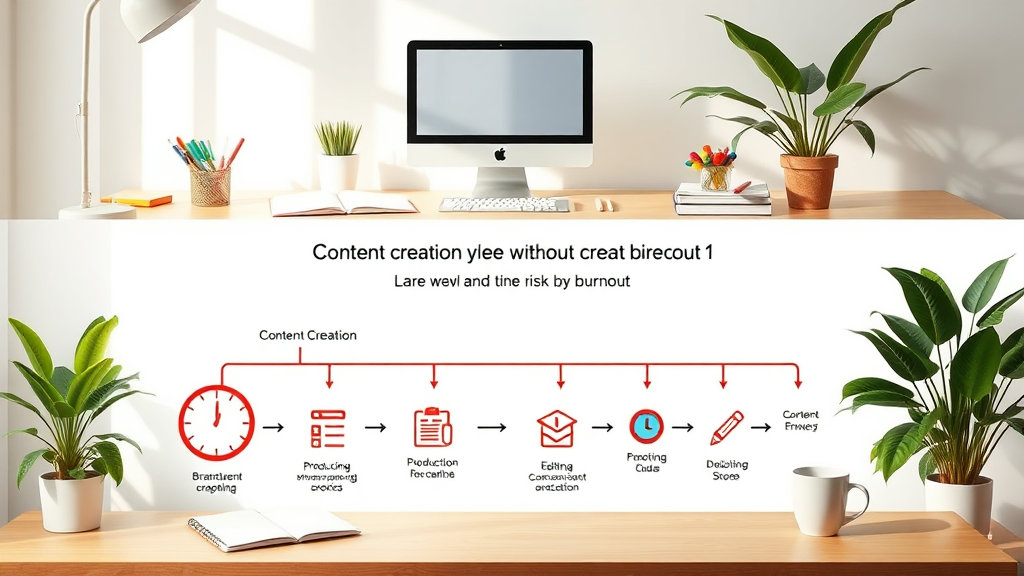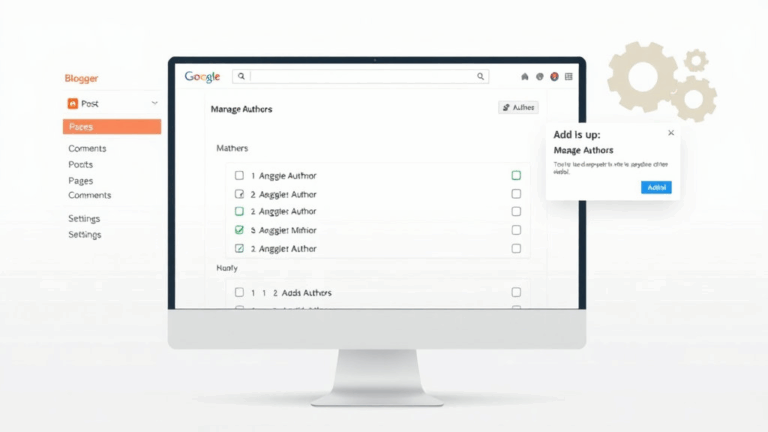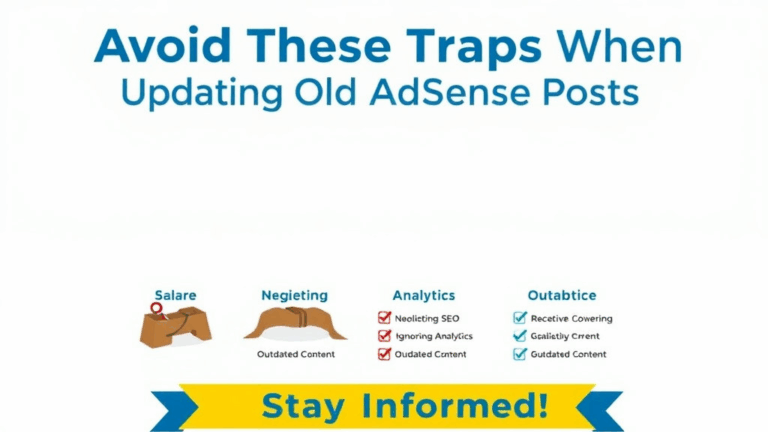Keeping a Realistic Content Pipeline Without Burning Out
People Over Calendars: Why Editorial Schedules Alone Don’t Work
In theory, you carve out a weekly blogging slot, plan three posts a month, lightly annotate an Airtable board, and move merrily along into Content Nirvana. Cool. But then your kid gets sent home with a fever on the same day your favorite plug-in goes rogue and wipes your WordPress draft. That whole beautifully color-coded publishing calendar? Useless.
I ran a pretty Google Sheet for about three weeks before realizing the bottleneck wasn’t scheduling — it was coherence and communication across contributors. You can’t calendar your way out of undefined voice and unclear upkeep responsibilities. If one person’s writing in Markdown and someone else is embedding raw HTML snippets, things fall apart once you try to publish in bulk.
The moment it clicked for me: when a dev contributor submitted a half-finished post with a Python debug output inline, marked “final ready to go?” in Discord. We were using Notion at the time. That was the day I started putting more effort into real conversations with collaborators rather than into templates.
Shared Real Estate: Stop Creating Standalone Islands
Everyone wants to be the “owner of their voice,” but unless collaborators feel like they’re part of a shared publication — a living creature they co-feed — the momentum flatlines fast. Static guest post agreements just don’t work anymore. And giving them a Google Doc and saying “write what you want” is just a slow version of ghosting.
When I started giving co-collaborators access to the CMS as contributors (with edit proposals, not publish rights), formatting actually got better. No more endless editorial back-and-forths because people could see the damn environment. That little preview pane does more for understanding tone than your linked brand style guide ever will.
I once had an SEO-focused partner copy-paste a post with eight H1s. Eight. In one post. Because they’d never seen the theme styling.
More than once, I’ve used a shared staging site to prototype formatting changes live — especially useful for devs who think in JSX or clunky Word exportors. Build a place they can see what happens when they make `` choices in a `` world. That visibility unlocks alignment faster than Asana ever did.
The “Broken Week” Rule: When Your Content System Actually Exists
If someone has a bad week and you miss a post — and nothing collapses — you’re doing it right. That’s my internal test for whether the content planning system is sustainable. It needs to catch dropped threads without unraveling the whole coat. If one sick mom or stubborn plugin breaks your pipeline, the glue wasn’t real.
I lost access to the CMS for four full days earlier this year because of one totally mystifying Google login loop (Chrome user profiles + a misconfigured `/admin` redirect = disaster). Guess what? Content still went live. Turns out our rough Sass outline on Slack and a shared Trello mirror meant my co-writer could pick up the edit pass while locked out.
Undocumented edge case alert: WordPress + Cloudflare caching set with a super aggressive edge rule sometimes shows the wrong draft to logged-in collaborators — they’ll see a post version from a previous editor session. Happened to me once where I edited Title C, but the other person still saw Title B. Since then, I tell devs to force-refresh the preview pane with `?v=`+Math.random(). Best lazy fix I’ve found.
Google Docs Tags Are Not a Workflow
If your entire system is some mix of comment threads in Google Docs + a Slack message like “hey, thoughts on the latest?” — I get it. But it’s going to make you hate everyone by month three. The pain point isn’t readability. It’s recoverability.
This is where I got burned: I added a #final tag to a draft in Docs, sent the link out, assumed it was clear. Meanwhile, two collaborators were still adding suggestions because they didn’t know if #final meant “you’re done” or “I’m done”. The ambiguity cost us a whole day’s delay because I didn’t realize they were editing the wrong branch. Should’ve locked the doc or made a clear hand-off mechanism.
Tiny tip flood:
- Use file naming with enforced status keywords: `2023-08-dns-bypass-DONE.md`
- Adopt version-controlled writing (Git or anything… even Dropbox with naming conventions is better than Docs-only)
- Give contributors edit windows, not vague deadlines
- Use Slack threads-as-record instead of main posts — you’ll search faster
- Build a dumb spreadsheet of article status across authors, and highlight unknowns
- Paste final copy into the CMS yourself unless the writer has published with you before
- Push everything through Grammarly once, even if you trust the writer — just do it
The Contributor “Cooling Effect” — and How Not to Ghost
You send out a friendly group message: “Would be awesome to get posts from you sometime this spring!” Crickets. You ping back later: “hey, did you see this?” – double read receipts, no replies. This isn’t flakiness, it’s a failure of clarity.
People don’t opt out of contributing because they don’t care — they just vanish when they don’t feel like they’re writing with you. The blog feels like your thing. They’re a weather system that passed through. I didn’t fully get this until I realized I was the one causing it by not including people in post-publish visibility. Our blog wasn’t crediting authors visibly at all. They posted once and never heard from us again. Total blackout. I’d evaporate too.
Start showing them the end state. Tag them on Twitter. Email them stats. Give them a paragraph summary of how their post landed. They’ll show up way more when the loop includes feedback.
Also — avoid the “my audience needs X, can you write this exact comma structure?” ask. Nobody likes plumbing someone else’s drains with their name stuck on it.
Soft Deadlines Work Better for Technical Writers
This is controversial, but if your writing team contains devs, sysadmins, or anyone who touches production — soft deadlines beat hard ones. Most technical folks don’t visualize workload in publishing slots, they see in blocks of “available brain RAM.” When you say “this needs to be live by Thursday” it triggers procrastination. If you say “we’re queuing by the weekend, but we can slide if needed,” you’ll weirdly get earlier drafts.
Platform flaw example: WordPress scheduled post slippage. If your post is set to publish exactly on the hour and the site is cached heavily, there’s a weird behavior where the updated post doesn’t show until the next full cache purge. So your well-timed Thursday 10AM launch will silently be blank to half your subscribers for six hours unless you’re purging after publish. Combine that with a late delivery from a contributor, and you’re now rainbow spinning while refreshing the page with tears in your eyes.
Stumble-Based Planning vs. Intentional Season Mapping
I used to write posts based on what annoyed me that week. If Google did something dumb to AdSense rendering (again), I’d post. If someone I liked mentioned they had a pipeline fix for lazy-loading script blocks inside `amp-iframe`, boom: guest content. That kind of dynamic posting actually worked — but only for a month at a time. Once the novelty wore off, we had no DNA holding the overall direction together.
The shift came when one co-writer pointed out: “Every article here is a reaction, not a stance.” Brutal but true. So we tried labeling rough topic buckets per quarter. Notward-planned like an actual season. Less “Monday thoughts,” more “January = migration stories, April = analytics pain, summer = site speed.” Loose. Not binding. But enough to keep the newsletter consistent in tone.
And when drama hits (like the time AdSense replaced a multi-format ad with a blank div for half the EU), we break the plan. But it’s better to break a shape than to improvise every time. The trick is to treat your plan as scaffolding, not prophecy.
Permission Elements in Shared Contributor Drives
Not fun: realizing your contributor lost all their past posts because their folder permissions quietly expired when they changed emails. I learned this the annoying way — the guest’s Google login expired in our Drive system, but no one noticed until they needed to reference a post we published in 2021. Whoops.
If you’re operating with longtail contributors, store non-gmail backups of their drafts. Even just exporting previous version history as text files into a central local folder every six months. Also: audit ownership of shared folders quarterly. That admin-level Google Drive page that shows who owns what — use it. You’ll thank yourself later.
“Aha” moment: GDrive doesn’t notify you when a collaborator’s email loses access after organizational changes. You literally have no clue until they try and fail. It’s not in Admin logs. The file shows as shared until someone checks. Verifying with their new address exposed two entire posts that had gone into the void.
Link Rot and Shared Future-Proofing
Final little kicker, because it comes up a lot: nobody agrees on how much to future-proof links in content. But if you have lots of guest authors, decide something. Otherwise, they’ll embed weird custom URL tracking parameters into random browsers or send you affiliate-laced doc links.
I had one ghostwriter embed three links to private Notion knowledgeboards that they thought were public. None of us caught it until the SEO audit five months later. Brutal. My new rule: external links must resolve in incognito mode from two regions, and they shouldn’t break when query params are stripped. If they do, replace ’em.
I added a post-submission checklist to our shared publishing doc after that. Just one line: “Did you verify external links in anonymous mode?” Saves so much future pain.














